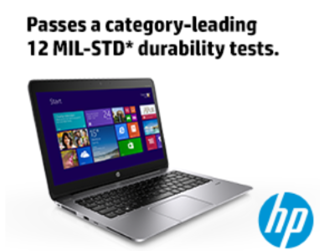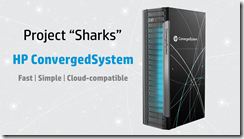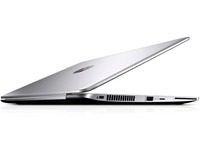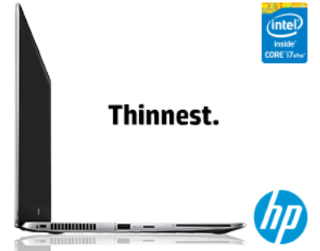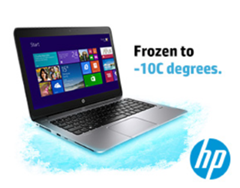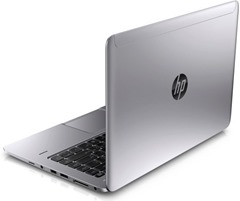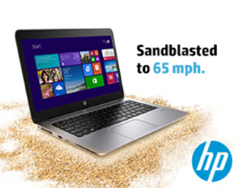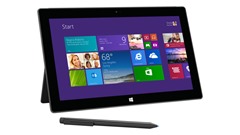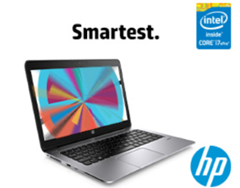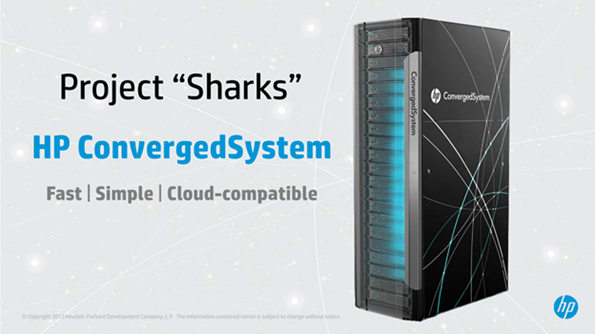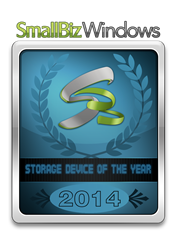While too much information can sometimes kill you, I can say without reservation that a definite lack of information has the ability to accomplish that task at warp speed.
A few days after we selected all HP Proliant servers as our SmallBizWindows Servers of the Year 2014, what started as an initial contact from a very good friend turned into a veritable Internet pile-on.
My buddy, HM, asked me if I was aware of the changes HP had made to their firmware entitlements regarding HP servers.
The question, coming from him, a leading authority on storage and servers, took me by surprise.
“What service contract options are available for HP rackmount servers, as it seems firmware updates will require attached service contracts going forward.”
A Sinking Feeling
Tell me, isn’t that a very odd situation?
I called my EVP Rod Kowalsky in Seal Beach, and ask just what was going on. I also reached out to folks I knew at HP ESG to find out what.
Well, Rod was upset. He had gotten calls from a few of our staff asking the same questions re Proliant firmware as well. They were not pleased as well.
Based on his read of the situation, it seemed HP had decided to make server support a profit center, and in the process gouge loyal customers of their hard-earned Latinum.
To both of us, this was very unlike HP.
Unfortunately, it was on a Friday, and I was not able to get a reply form anyone at HP over the weekend. My weekly trip to Los Angeles was scheduled for that Tuesday, February 11, and I planned to get answers then. In lieu of that, I arranged to have a conference call or a face-to-face with my [HP] account manager.
Then on Sunday, I read this blog, facetiously titled “Customers for life” on the HP Technical Support Services blog.
I blew up.
Immediately and completely!
A VERY Bad Idea
Go ahead, read it.
My takeaway from the blog, even as I re-read it again while copying down its URL, is that, “Hey, we are HP, we have taken away a ‘right’ you have traditionally had, and one that you felt you would always have. We don’t care, and dammit, you all are going to pay us for that privilege. And, by the way, since you might whine and moan about it, we want to perfume the pig that is this decision by couching it in the globally condescending phrase, ‘aligning it with industry best practices’. You’re welcome.”
Think about it: here is HP, the worldwide, and undisputed leader in servers talking about restricting or eliminating user benefits, because of, get this, “industry best practices”.
Seriously, WTF, right?
It was as if HP had forgotten that little fact, and was now trying to be some other, lesser company, pegging its loyal customers in the process.
It was incredible.
You had to peel me off the roof of my NE Colorado office.
I believe I must have shouted, “Are you fucking kidding me?” or something, because my Princess came running into my office asking if all was well!
Now, I really wanted to get to LA, and Tuesday couldn’t come fast enough!
Over the rest of the weekend, a veritable flood of complaints came my way, mostly from peers and from IT professionals who were rightfully concerned about the new restrictions placed on their investments.
Oh, several Cisco droids took this as an opportunity to pile-on, for which I had no reply. Which hurt.
HP Reaches Out
Some companies are quite proactive in harnessing social media to gauge the pulse of their brand.
HP is one of them, and it is blessed with some staffers that take their charges to heart.
‘KR’ is one of them.
On Monday morning, and seemingly out of the blue, she reached out to me via email and private messages in order to get my perspective on the situation.
I informed her that I was upset, and that this entire issue wasn’t what was needed.
She promised to get me to someone in the know, and promised to suggested a talk with Jim Ganthier.
A Better Explanation
Tuesday morning in LaLa had me talking with our PAM.
His first reply was that we, Logikworx, and also by proxy, our clients and their computing environments, would not be negatively impacted by the new policies since all servers in our inventory were attached to a support contract.
While that mollified me somewhat, I still saw the policy as customer hostile, and a policy almost guaranteed to give other server OEMs a foothold into the hearts of IT pros.
Where Do Old HP Proliant Servers Go To Die?
Simple: they are resurrected, and live on in the basement and garage labs, used and beloved by IT pros around the globe.
These are the same IT pros that HP seemed to want to alienate.
Now, more than ever, I needed KR to help me talk to someone at HP who could illuminate this.
A Phone Call With Jim Ganthier
Last week, I had the opportunity to talk with Jim Ganthier who is Vice President for Global Marketing for HP Servers on this matter, and this matter alone.
Jim is a friendly, affable, and extremely knowledgeable tech guy. Moreover, being in charge of marketing for HP Servers, of which Proliants are a part, I am sure he had gotten an inkling of how the sentiment of users for the policy change was going.
His first words to me, after the greetings, were “No John, we are NOT taking away the abilities of users to get firmware upgrades.
I will paraphrase his answers to my question during our call below.
John Obeto II: Why this policy change?
Jim Ganthier: What our technical support teams found out were that some unscrupulous VARs were trying to put EOL servers back into the market using updated firmware. That has to stop.
JO2: Why the need for a support contract?
JG: The basic support contract only requires registration for use. No fees at all. Moreover, all safety and security upgrades will be foreseeably free.
“All Proliant safety and security [firmware] upgrades will be foreseeably free, especially for the SMB, Education, and enthusiast communities.”
JG: What we (HP) are trying to do, is make sure users have direct access to the latest firmware and support options. It is not a monetization play.
JO2: Your Tech Services blog post, “Customers for life”, has got to rank as one of the most facetious I have read in a long while, so much so that it is eerily reminiscent of missives from Microsoft. Nowhere in that article did it enumerate the benefits loyal users were getting from this change. Why is that?
JG: it was just a messaging breakdown. While we wanted to inform users of our change as soon as we made it, we unfortunately did not inform then eloquently enough of why the change happened, and of what benefits, they might be receiving from the change.
JO2: We attach a services contract to 100% of the HP servers we use internally or implement for clients. However, when Proliant servers reach EOL, they are in high demand for use in home labs and for experimental purposes. What should these class of Proliant users, who tend to be extremely influential in helping enterprises determine which server brands are purchased, now think of HP in general, and Proliant servers in particular?
JG: Nothing has changed. HP will continue to improve and deliver the best possible servers they can buy. Our support will continue to be available to them. What we want to do is be able to make sure that our clients aren’t hoodwinked by unscrupulous dealers.
To summarize
The bottom line: “All Proliant safety and security [firmware] upgrades will be foreseeably free, especially for the SMB, Education, and enthusiast communities.”
Based on information I have been able to obtain, this was a misunderstanding caused by inept messaging. While nothing had changed fundamentally in the benefits available to users, the muddled messaging made it seem like benefits were being cancelled, making the Proliant user base antsy, and angry.
That shouldn’t have happened.
Silly stuff like this allows rivals to gain mindshare, and worse yet, a foothold.
I hope going forward, HP takes steps to remedy such gaffes in the future
Remember
“All Proliant safety and security [firmware] upgrades will be foreseeably free, especially for the SMB, Education, and enthusiast communities.”
In other words, apart from the muddled messaging, it was, to quote The Bard, much ado about nothing!
An AbsolutelyWindows Freestyle video with Jim can be found here.
© 2002 – 2014, John Obeto for Blackground Media Unlimited


